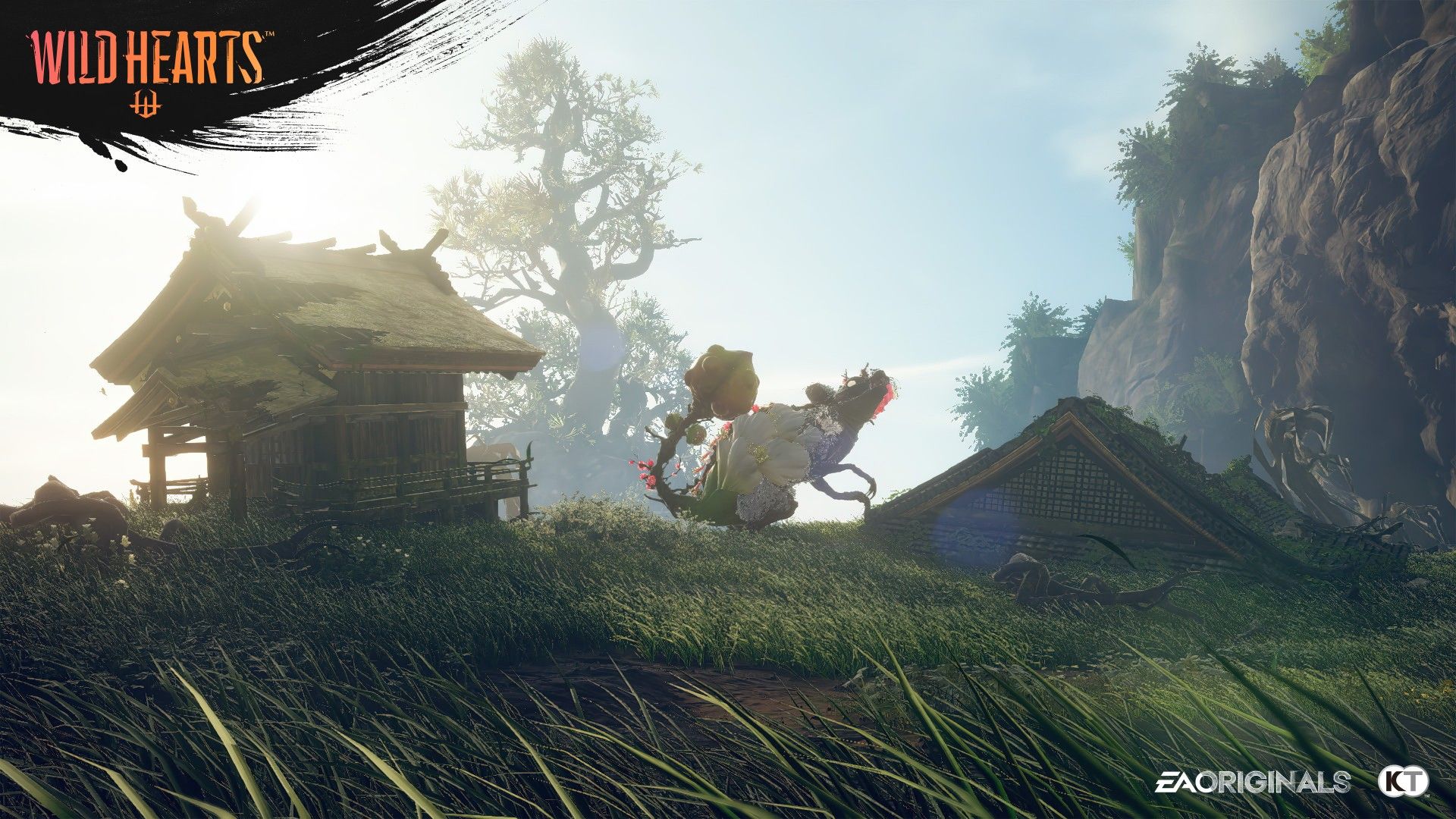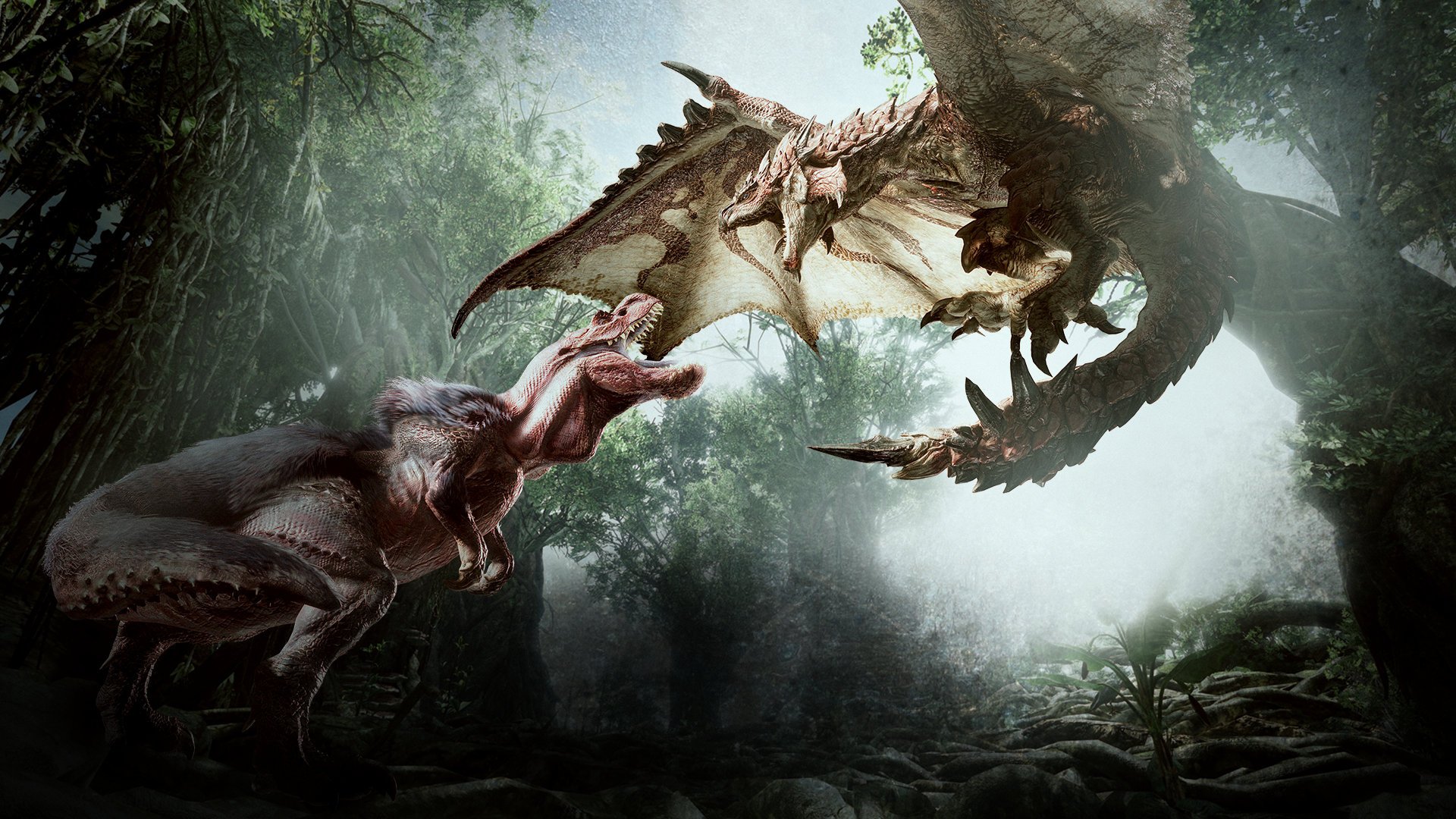



Instead, I was guided through a story-driven tutorial that largely equated to "There are Kemono (monsters) knocking about the gaff and that's bad, so please knock them out of the gaff, cheers." It introduced me to the basics of combat, which felt suitably weighty (you know me, it has to be weighty) and eased me gently into making a camp, which, it turned out, was at the centre of the game's rhythm. And I think that's down to how it wasn't structured around a bustling town already filled with merchants and blacksmiths, cat-chefs and multiple quest-givers. I could upgrade their offensive and defensive capabilities at camp, too.įrom the early build I played, Wild Hearts was much easier to get to grips with than Monster Hunter. They acted a bit like Palico companions from Monster Hunter, in the way they followed me around and helped distract enemies if I was in a pinch. I found these little contraptions called Tsukumo hidden about the demo. This depth is what makes Monster Hunter brilliant, but it's an obstacle that many players – like me, for many years – just couldn't scramble over. And while it's not necessarily a bad thing, a huge part of successful monster hunting lies in understanding and navigating the game's menus, before you even begin to customise them to your liking. You're hit with hundreds, if not thousands, of tooltips worded like official documentation, all to explain its many intricate systems. One of my biggest gripes with Monster Hunter is its onboarding process: it's exactly like a real life onboarding process. I was lucky enough to go hands-on with an early build of the Wild Hearts's opening hours to see how it stacks up against its age-old competitor, and whether it has any chance of melting down Monster Hunter's trophy cabinet and forging itself a golden crown. Wild Hearts is Koei Tecmo and EA Original's effort to muscle in on Monster Hunter's monopoly on video games where your primary goal is to make nice pants from gigantic fire geckos.


 0 kommentar(er)
0 kommentar(er)
